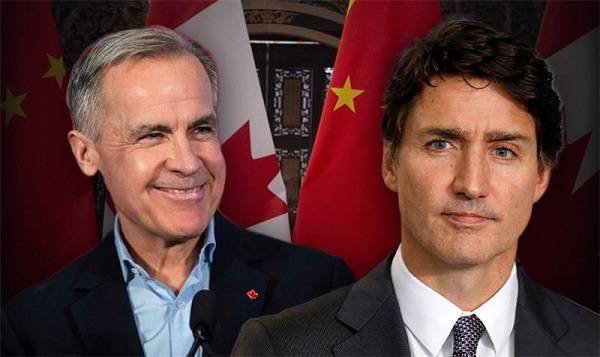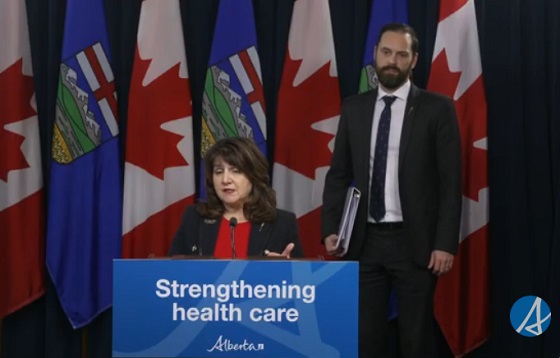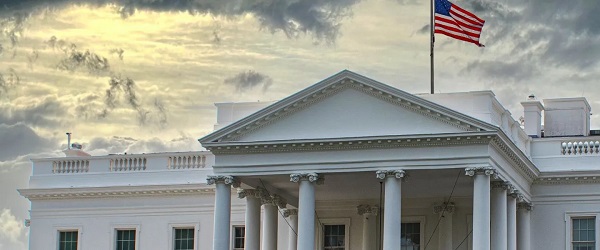Alberta
Province announces new Calgary arena deal

Image from flamesnation.ca
Agreement moves new Calgary arena and event centre forward
Alberta’s government, the City of Calgary and the Calgary Exhibition and Stampede have signed a memorandum of understanding (MOU) to enable construction of a new world-class arena and event centre.
Calgary is growing and its economy has momentum, and the Government of Alberta is committed to investing in the infrastructure necessary to create jobs and improve Calgarians’ quality of life. Alberta’s government is answering the call with this agreement for a new arena and event centre by investing in critical infrastructure to support the new event centre and BMO Convention Centre expansion while revitalizing Calgary’s Rivers District, the Stampede grounds and downtown.
“This new arena and event centre will be at the heart of Calgary’s sports, entertainment and cultural scene for generations, and will result in billions of dollars of economic activity and a higher quality of life for millions of Albertans. The memories experienced here by families and friends will contribute invaluably to the fabric and spirit of this city for decades. Calgary is a vibrant world-class city deserving and in need of world-class facilities. Along with Edmonton’s Rogers Place, Alberta will now have two of the best and most modern event centres in all the world.”
Under the MOU entered into by the province, the provincial government will not be investing in the construction or operation of the arena itself. Those costs will be borne by the city and CSEC pursuant to a separate MOU between those parties. The province will instead contribute up to $300 million, the majority over the next three years, primarily committed to road and bridge construction, LRT connection, site utilities, site reclamation and other supportive infrastructure. These investments will be critical to the development of the entire area, will enhance access to the Stampede grounds and the expanded BMO Convention Centre, and ensure a vibrant downtown and Rivers District.
“One of my first actions as Premier was to publicly encourage all parties to return to the negotiating table and to appoint MLA Ric McIver along with my office’s executive director to work with the city and CSEC to get this deal done in a manner that respected the expectations of provincial taxpayers. Six months later, we have results and I am grateful to the city, CSEC, the Calgary Exhibition and Stampede, MLA McIver and everyone else involved who came together to get this job done. I can’t wait to get the project started.”
As part of the agreement, the province would also partner with the city to build a new 1,000-seat community arena neighbouring the main arena that will serve youth and amateur hockey. The province’s contribution would be up to $30 million.
The province’s commitments in this agreement are subject to cabinet and Treasury Board approval by August 2023.
“This project is another signal to the market that Calgary is making strong investments in its future. The partnership approach we have taken accomplishes two things: we are building an event centre, and we are also creating the public amenities needed within the Rivers District to enhance quality of life for all Calgarians.”
“The Calgary Stampede has enjoyed having the Calgary Flames as a neighbour since they arrived in 1980. We are honoured and excited to be a partner in this development that will contribute to a world-class landscape for our Calgary community. When combined with other developments, both existing and planned, an event centre complex of this magnitude will provide an anchor to attract and host the world in Calgary’s Culture + Entertainment District.”
“We are proud and excited to be part of the group to have established a clear path forward that provides a new home for Calgary’s sports teams; the venue to host A-class concerts and events; and a community gathering place, for many years to come. Thank you to the city, the province and the Stampede for your leadership and for coming together to create an environment of success.”
“Make no mistake, this project is about more than just a single building. It’s fulfilling our vision of a home for culture, sports, and entertainment. It’s a vital investment in our city’s future prosperity, vibrancy and growth. A little over a hundred years and 1.3 million people later, we have a new Big Four – four partners committed to building a community hub that will serve us for generations to come.”
Alberta
Keynote address of Premier Danielle Smith at 2025 UCP AGM
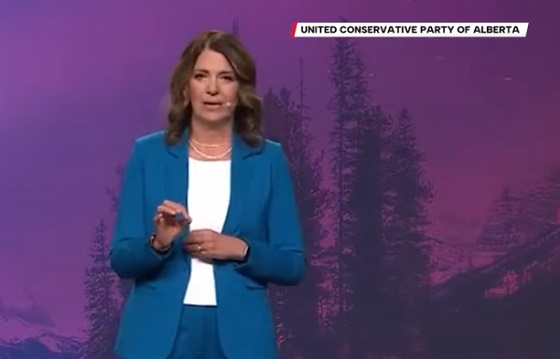
Alberta
Net Zero goal is a fundamental flaw in the Ottawa-Alberta MOU

From the Fraser Institute
By Jason Clemens and Elmira Aliakbari
The challenge of GHG emissions in 2050 is not in the industrial world but rather in the developing world, where there is still significant basic energy consumption using timber and biomass.
The new Memorandum of Understanding (MOU) between the federal and Alberta governments lays the groundwork for substantial energy projects and infrastructure development over the next two-and-a-half decades. It is by all accounts a step forward, though, there’s debate about how large and meaningful that step actually is. There is, however, a fundamental flaw in the foundation of the agreement: it’s commitment to net zero in Canada by 2050.
The first point of agreement in the MOU on the first page of text states: “Canada and Alberta remain committed to achieving net zero greenhouse gas emissions by 2050.” In practice, it’s incredibly difficult to offset emissions with tree planting or other projects that reduce “net” emissions, so the effect of committing to “net zero” by 2050 means that both governments agree that Canada should produce very close to zero actual greenhouse gas (GHG) emissions. Consider the massive changes in energy production, home heating, transportation and agriculture that would be needed to achieve this goal.
So, what’s wrong with Canada’s net zero 2050 and the larger United Nations’ global goal for the same?
Let’s first understand the global context of GHG reductions based on a recent study by internationally-recognized scholar Vaclav Smil. Two key insights from the study. First, despite trillions being spent plus international agreements and regulatory measures starting back in 1997 with the original Kyoto agreement, global fossil fuel consumption between then and 2023 increased by 55 per cent.
Second, fossil fuels as a share of total global energy declined from 86 per cent in 1997 to 82 per cent in 2022, again, despite trillions of dollars in spending plus regulatory requirements to force a transition away from fossil fuels to zero emission energies. The idea that globally we can achieve zero emissions over the next two-and-a-half decades is pure fantasy. Even if there is an historic technological breakthrough, it will take decades to actually transition to a new energy source(s).
Let’s now understand the Canada-specific context. A recent study examined all the measures introduced over the last decade as part of the national plan to reduce emissions to achieve net zero by 2050. The study concluded that significant economic costs would be imposed on Canadians by these measures: inflation-adjusted GDP would be 7 per cent lower, income per worker would be more than $8,000 lower and approximately 250,000 jobs would be lost. Moreover, these costs would not get Canada to net zero. The study concluded that only 70 per cent of the net zero emissions goal would be achieved despite these significant costs, which means even greater costs would be imposed on Canadians to fully achieve net zero.
It’s important to return to a global picture to fully understand why net zero makes no sense for Canada within a worldwide context. Using projections from the International Energy Agency (IEA) in its latest World Energy Outlook, the current expectation is that in 2050, advanced countries including Canada and the other G7 countries will represent less than 25 per cent of global emissions. The developing world, which includes China, India, the entirety of Africa and much of South America, is estimated to represent at least 70 per cent of global emissions in 2050.
Simply put, the challenge of GHG emissions in 2050 is not in the industrial world but rather in the developing world, where there is still significant basic energy consumption using timber and biomass. A globally-coordinated effort, which is really what the U.N. should be doing rather than fantasizing about net zero, would see industrial countries like Canada that are capable of increasing their energy production exporting more to these developing countries so that high-emitting energy sources are replaced by lower-emitting energy sources. This would actually reduce global GHGs while simultaneously stimulating economic growth.
Consider a recent study that calculated the implications of doubling natural gas production in Canada and exporting it to China to replace coal-fired power. The conclusion was that there would be a massive reduction in global GHGs equivalent to almost 90 per cent of Canada’s total annual emissions. In these types of substitution arrangements, the GHGs would increase in energy-producing countries like Canada but global GHGs would be reduced, which is the ultimate goal of not only the U.N. but also the Carney and Smith governments as per the MOU.
Finally, the agreement ignores a basic law of economics. The first lesson in the very first class of any economics program is that resources are limited. At any given point in time, we only have so much labour, raw materials, time, etc. In other words, when we choose to do one project, the real cost is foregoing the other projects that could have been undertaken. Economics is mostly about trying to understand how to maximize the use of limited resources.
The MOU requires massive, literally hundreds of billions of dollars to be used to create nuclear power, other zero-emitting power sources and transmission systems all in the name of being able to produce low or even zero-emitting oil and gas while also moving to towards net zero.
These resources cannot be used for other purposes and it’s impossible to imagine what alternative companies or industries would have been invested in. What we do know is that workers, entrepreneurs, businessowners and investors are not making these decisions. Rather, politicians and bureaucrats in Ottawa and Edmonton are making these decisions but they won’t pay any price if they’re wrong. Canadians pay the price. Just consider the financial fiasco unfolding now with Ottawa, Ontario and Quebec’s subsidies (i.e. corporate welfare) for electric vehicle batteries.
Understanding the fundamentally flawed commitment to Canadian net zero rather than understanding a larger global context of GHG emissions lays at the heart of the recent MOU and unfortunately for Canadians will continue to guide flawed and expensive policies. Until we get the net zero policies right, we’re going to continue to spend enormous resources on projects with limited returns, costing all Canadians.
-

 National2 days ago
National2 days agoAlleged Liberal vote-buying scandal lays bare election vulnerabilities Canada refuses to fix
-

 Alberta19 hours ago
Alberta19 hours agoNet Zero goal is a fundamental flaw in the Ottawa-Alberta MOU
-

 Food19 hours ago
Food19 hours agoCanada Still Serves Up Food Dyes The FDA Has Banned
-

 Addictions2 days ago
Addictions2 days agoThe Death We Manage, the Life We Forget
-

 Crime2 days ago
Crime2 days agoVancouver police seize fentanyl and grenade launcher in opioid-overdose crisis zone
-
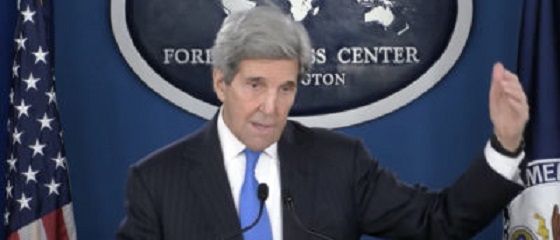
 Daily Caller2 days ago
Daily Caller2 days agoJohn Kerry Lurches Back Onto Global Stage For One Final Gasp
-

 National1 day ago
National1 day agoEco-radical Canadian Cabinet minister resigns after oil deal approved
-

 Addictions19 hours ago
Addictions19 hours agoManitoba Is Doubling Down On A Failed Drug Policy






